“Braveheart”: why the film about the legendary hero became a legend
It is difficult to name another film that everyone likes as Braveheart. The five Oscars received by the film demonstrate the high professional level of everyone involved in its creation, but even they do not reflect the scale of its impact on the audience. How many films that won an Oscar in their time were safely forgotten in a couple of years?
With “Braveheart” it turned out differently, although it would seem – well, what does a viewer in Russia, the USA or Asian countries care about a Scotsman named William Wallace who lived in the 13th century? Yes, Wallace is a real historical person, a hero and all that, but after all, 95% of viewers – with the exception of the UK – did not know about him before the release of Gibson’s film. However, a seemingly simple film history has been stirring the hearts of young and not very young viewers for more than twenty years, and if only for this reason, “Braveheart” deserves an analysis.

Film and history
In the case of any historical film, the question of the correspondence of the plot to the true facts inevitably arises, but Braveheart is a special case. It’s just right to ask not about what in the film does not coincide with the story, but about what coincides. To begin with, there was and could not have been any romance between Wallace and Isabella. And not because she was not good enough for him (or he for her), but because in 1297-98. Isabella was a little girl who lived in France Naturally, and her son Edward has nothing to do with Wallace.
Okay, Isabella is a rather symbolic character (more on this below). But the legendary hero himself – had he happened to be resurrected for three hours and watched a film – would hardly have recognized himself on the screen. Or maybe he was offended: the historical Wallace was not a peasant, but a nobleman – albeit a small-country man. Yes, and he never wore a kilt, and did not smear his face with blue paint. For kilts, the era is too early – they appeared only in the 16th century, and for war paint – too late: this is how the Celtic warriors painted their faces, of which there were no traces left by the 13th century.
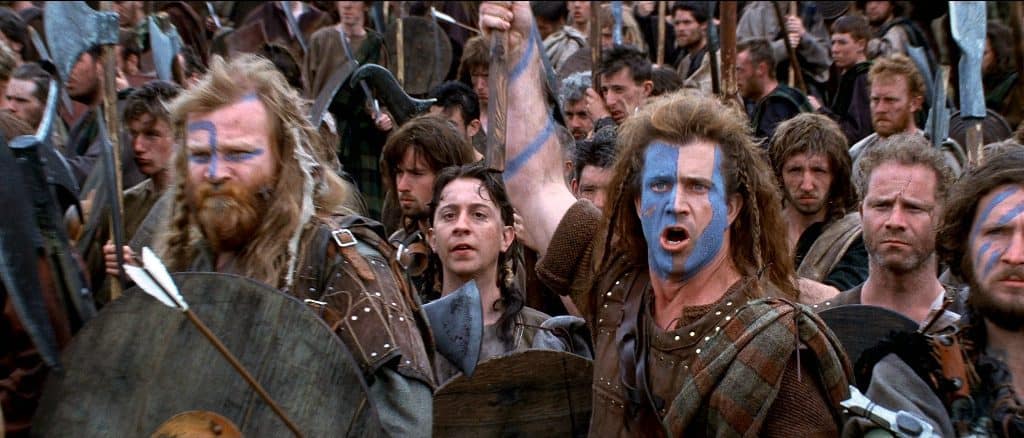
But does this mean that Braveheart is not a historically accurate film? Of course not. Firstly, all the main events associated with the Wallace uprising are accurately conveyed. Secondly, deviating somewhat from the letter of the story, Gibson was able to achieve a much more impressive result: he conveyed its spirit. And he did not just convey, but managed to “infect” the audience with this spirit, regardless of their origin and education. You can watch Gibson’s film for the tenth time – and it doesn’t matter when Wallace shouts “Freedom!” – the heart will shrink. Gibson made a film about the legendary hero in such a way that the old legend found a new life and became worldwide.
What is at the heart of the plot?
The question may seem strange: of course, the story of the uprising and death of William Wallace, known from medieval chronicles and the works of historians. But “Braveheart” would not have become a legendary film if it did not have a deeper layer that appeals to the archetypes and myths of the collective unconscious, or rather to the myth of the Hero. All peoples have this myth, it does not require additional interpretations, is understandable to everyone and touches the most secret strings of the soul. Therefore, turning to him is a win-win option, provided that the director is able to adequately embody the ancient plot scheme.
The film contains all the ingredients of this myth. The Hero must have a mentor who conveys ideals and values to him, and bequeaths to him a certain mission – in this case, it is Wallace’s father, who died for the freedom of Scotland. Then the Hero goes on a dangerous journey, during which he must prove his status, i.e. to do what ordinary people cannot do – and Wallace defeats the British. Wallace’s personal life also becomes clearer when viewed through the prism of the Hero myth.
What is the meaning of the images of Marron and Isabella?
The two main female characters of the film are full of deep symbolic meaning. Marron is the embodiment of the ideal feminine principle, the archetype of the Goddess. And if during his lifetime this symbolic side of Marron was not clearly visible, then after death its function becomes obvious. Appearing to Wallace in a dream, she instills courage and courage in him. Marron is the embodiment of the best in William’s soul. They are destined to be reunited in heaven, and therefore Wallace sees his deceased wife in the crowd before dying.
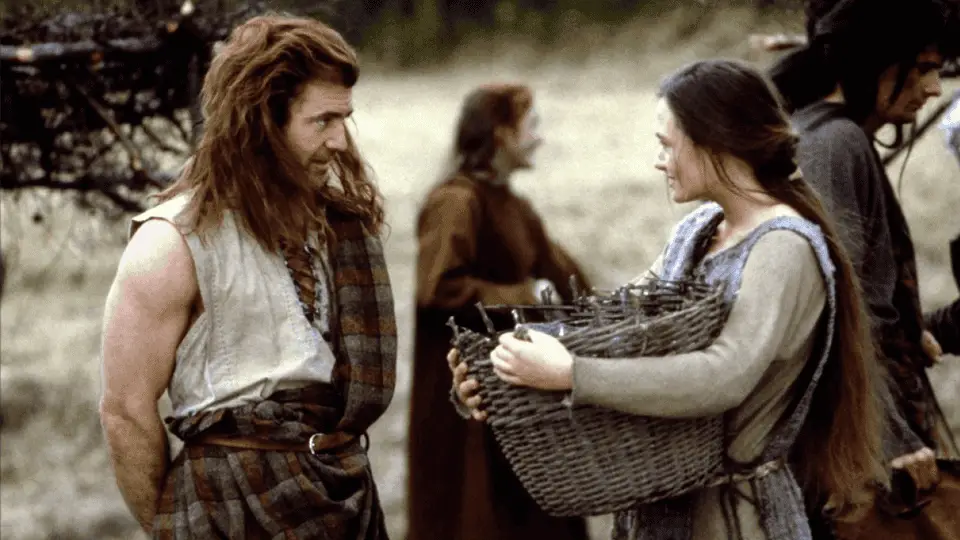
The image of Isabella corresponds to another mythological hypostasis of a woman – the image of a temptress. She introduces the hero into the world of sensual passion, and in this world the hero wins – his son will ascend to the English throne. In a relationship with Isabella, Wallace acts as the embodiment of masculine strength, absolute masculinity (and not only in comparison with her husband).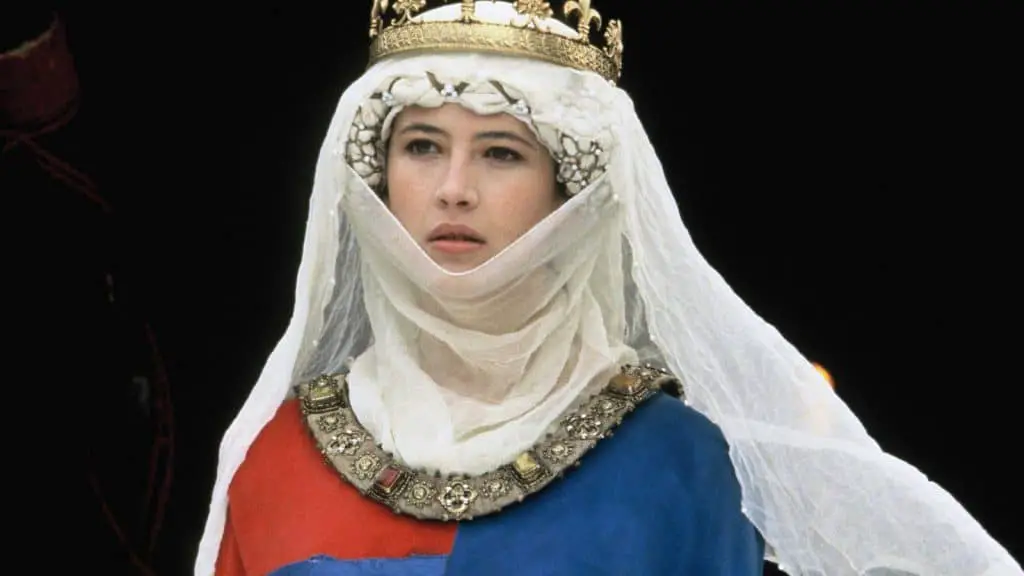
Why is Wallace dying?
The point is not only that this was actually the case (as we can see, the scriptwriter and director deal with facts quite freely). In a sense, we are faced with a voluntary sacrifice that goes back in the historical context of the film to the sacrifice of Christ. Wallace accepts a martyr’s death, but it is impossible to break his spirit – and a man of flesh and blood becomes a legend, a symbol. Dying physically, he gains true immortality and becomes an example for those who will continue his work. Just as his father became a mentor for Wallace, he himself will inspire Robert the Bruce, who is destined to free Scotland.
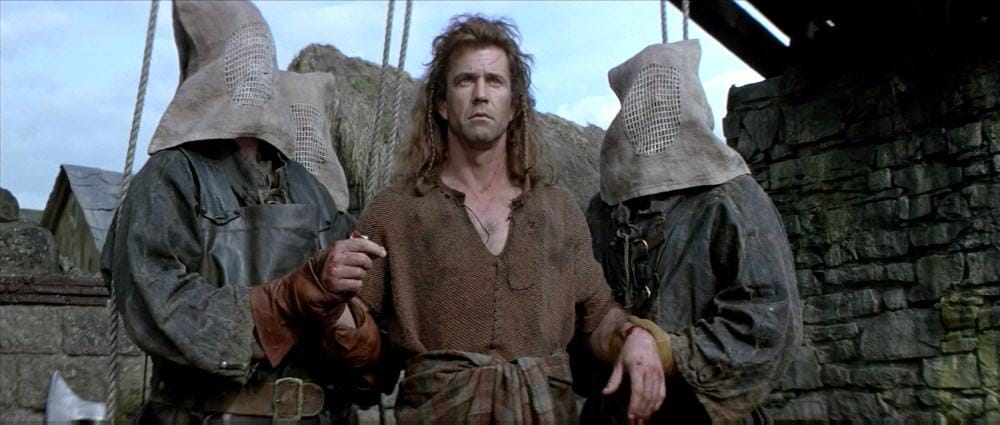
What’s the point of the movie?
“Braveheart” does not belong to films, the meaning of which must be wade through the jungle of metaphors and allusions. It’s simple: freedom is the main value in life, and love, as the poet said, moves the sun, luminaries – and the fate of nations.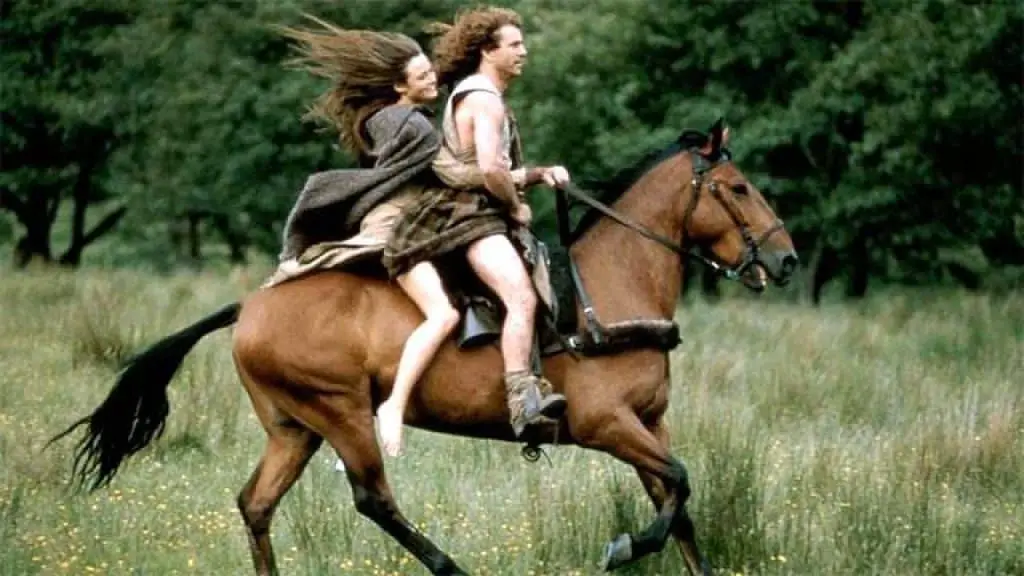
And the film is also imbued with such a belief in the strength of man, in the infinity of his possibilities, in the immortality of his spirit, which is rarely found in modern cinema. And here the question about the meaning of the film imperceptibly turns into a question about the meaning of our being. Perhaps this meaning is to love – while there is someone to love; live an ordinary peaceful life – while it works; if necessary, fight to the end for freedom; and let him live a little, but as a person than to vegetate a slave for many years. In any case, while watching “Braveheart”, there is no doubt about it. “Everyone dies. But not everyone really lives. ”
Interesting Facts
Now it’s hard to believe it, but initially Gibson did not want to play the main character – he believed that he was too old for him. But the studio put forward an ultimatum: either Gibson acts as both the director and the leading actor, or someone else will be the director. Gibson had no choice but to agree and master the two-handed sword. By the way, a few years later this sword was sold at Sotheby’s for a record amount of $ 170,000.
Although some media outlets argued that the film’s screenwriter Randall Wallace is almost a direct descendant of his hero, this is not so – he is only a namesake.
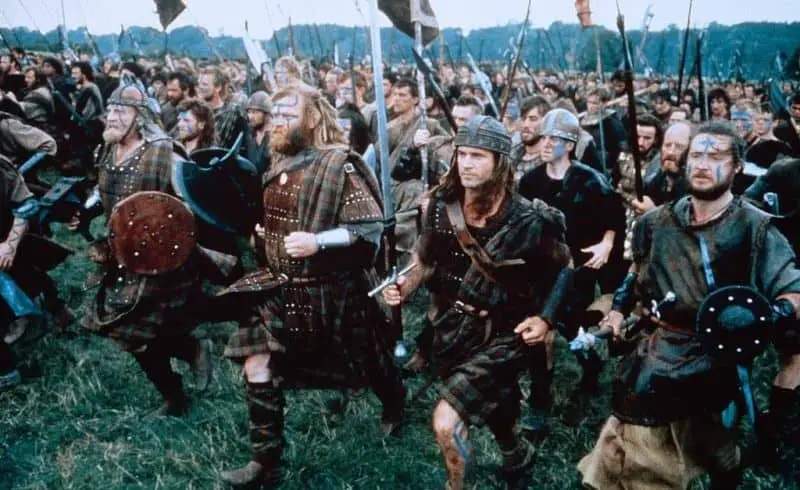
But among the Scottish extras there were descendants of the legendary hero.







